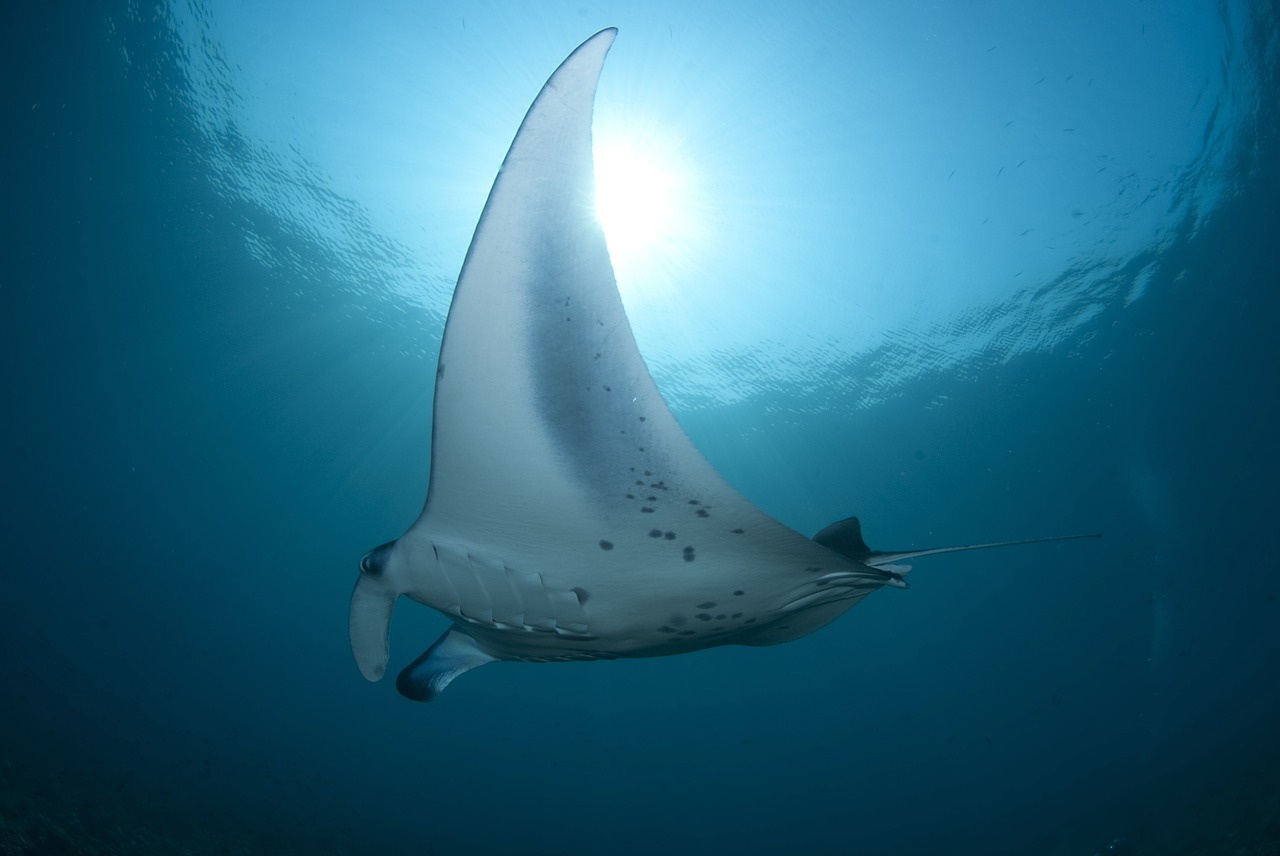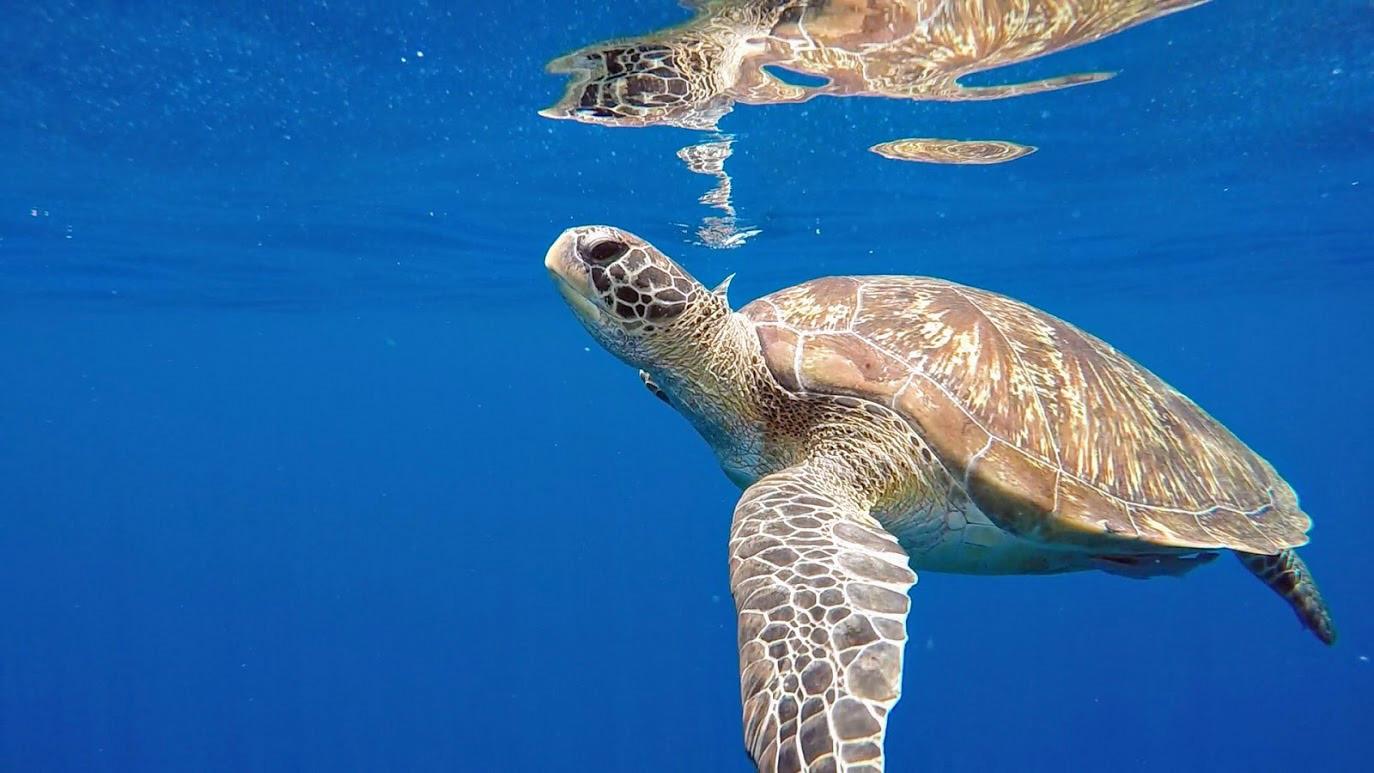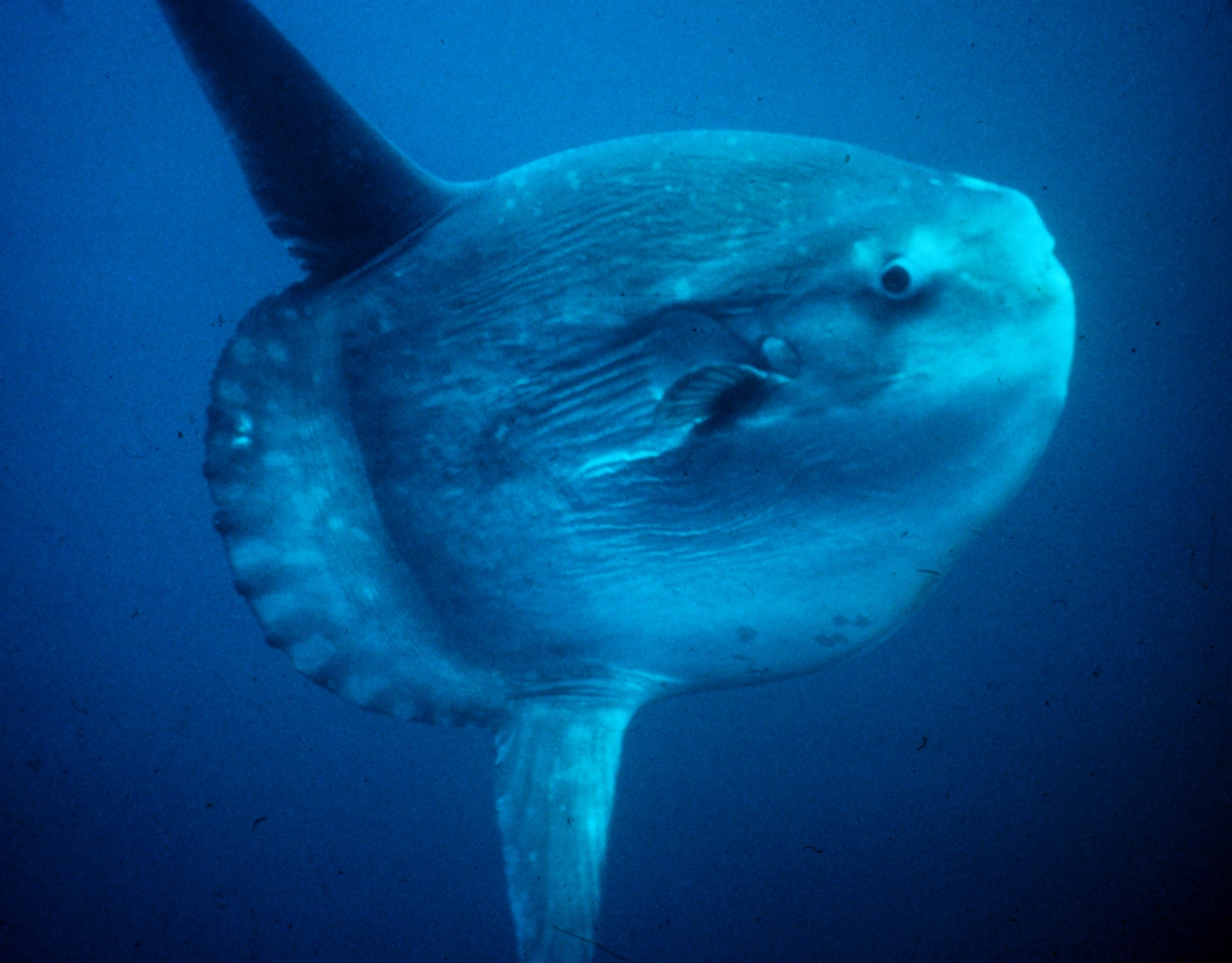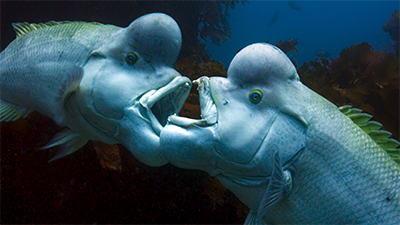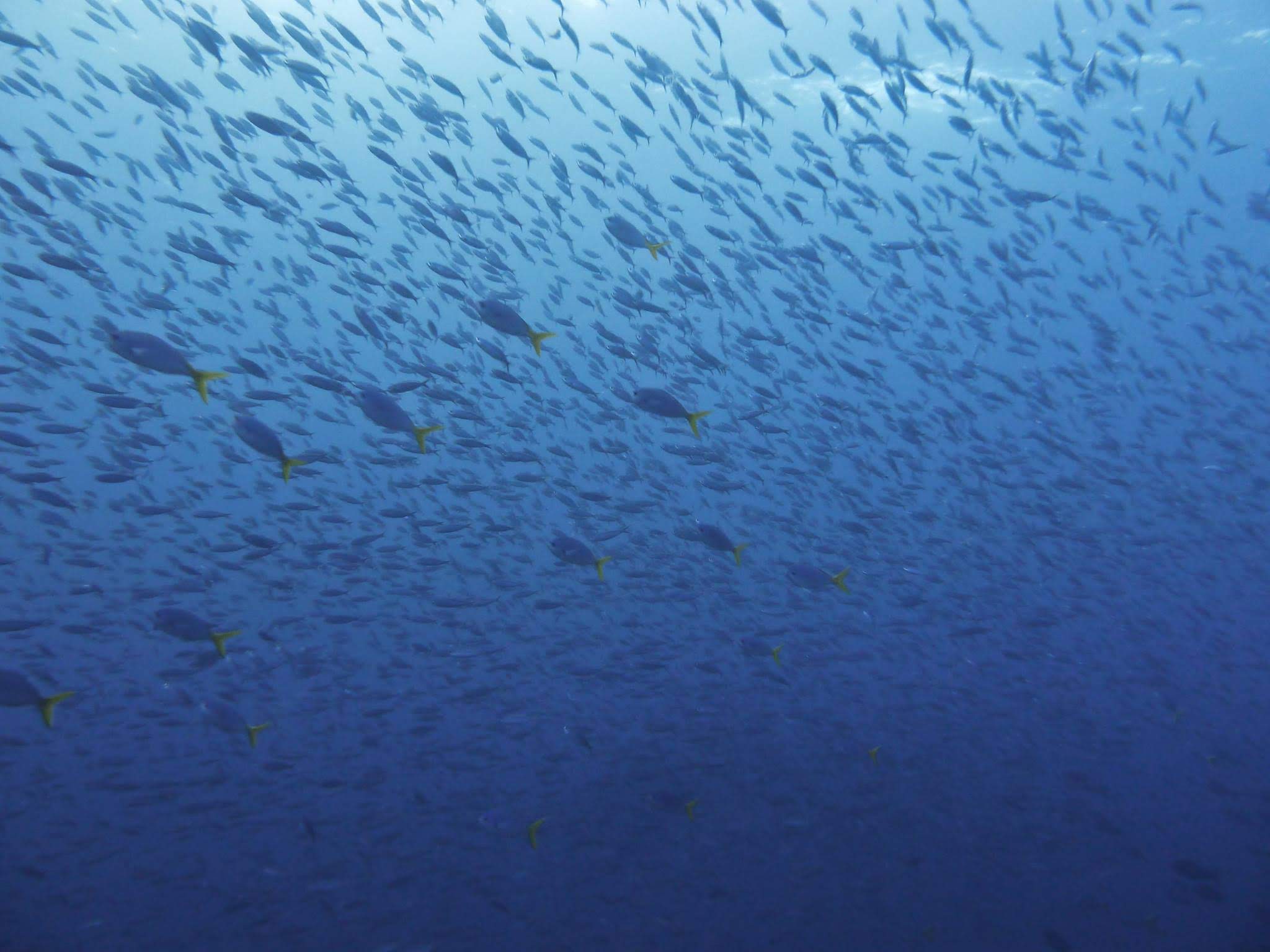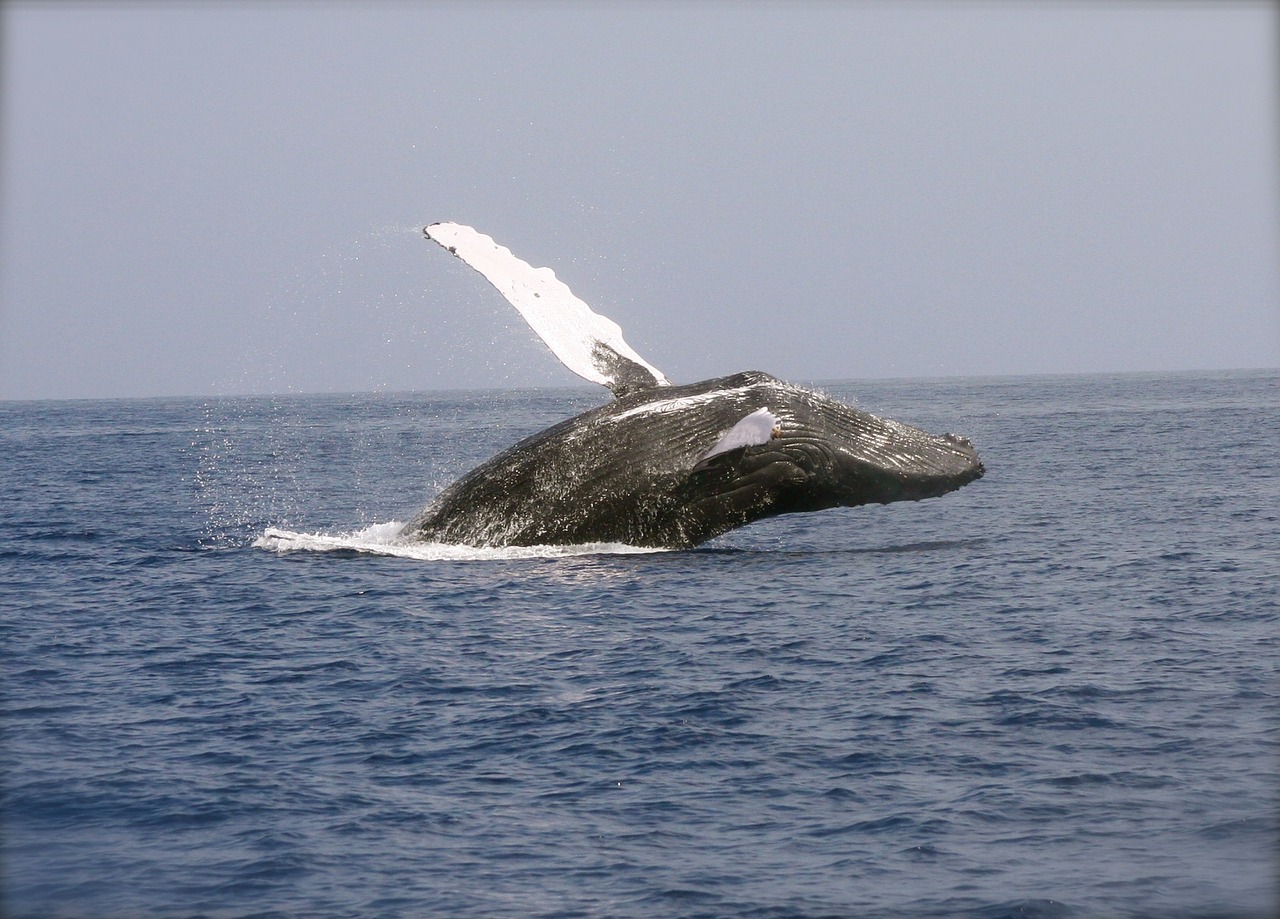Manta Rays
REEF MANTA RAYS
OKINAWA
Ishigaki island, in the Yaeyama island group, is Japan’s main hotspot for reef manta rays (Mobula alfredi), with a healthy population estimated at 300+ individuals circulating around the local islands, and regularly congregating at the Ishigaki’s cleaning stations and feeding points, which are mostly found in the scenic Kabira Bay area.
More info on Ishigaki’s manta dives here.
While mantas are seen all year round, peak manta season is between June and November, especially the July to September period.
In these months, you will see mantas on the north side of Ishigaki, in Kabira Bay’s famous Manta Scramble area, but also in the Yonara Channel, between Iriomote and Kohama islands.
From December to April, chances of seeing mantas are higher to the south of Ishigaki. especially near the islands of Kuro and Panari and Iriomote.
Iriomote in particular, has a number manta cleaning stations scattered on the southern and eastern sides of the island (Kanokawa Bay and Nakanose area), with the main local manta season being January to the early summer months.
While not as common, manta rays are also often spotted (seasonally, usually January to August) around the previously mentioned neighbouring islands, but also near Yonaguni or Miyako islands (especially on the Panata dive site), as well as in the Kerama islands (Shimozone area).
In 2017, reef manta ray cleaning stations were discovered on Kume island (Kume-jima), located roughly 100 km west of Naha, where it is now possible to observe mantas all year round.
The main cleaning stations are 5 narrow walls lining up from south to north, ranging from 7 to 18m depth, where the 1st, 2nd and 5th wall sections are considered to offer the biggest chances of spotting manta rays.
KYŪSHŪ
Reef manta rays (Mobula alfredi) are regularly spotted around dive sites of Kyūshū’s Satsunan island group, including the Tokara islands especially around Kuchinoshima, between the end of October to mid-May.
The Tokara region is particularly rich for pelagic encounters and rays, which also included spotted eagle rays in the autumn months, schooling cownose rays in the spring.
Tthe occasional whale sharks (Rhincodon typus) have also occasionally been spotted.
OTHER REGIONS
Though much rarer, manta rays have also been spotted seasonally around Honshū, on the west side of Chūbu’s Izu Penisula, as well as on dive sites of the Kansai region and are also regular visitors on Shikoku’s Pacific coast dive sites and in the Nanpō archipelago’s Izu and Ogasawara islands.
GIANT "OCEANIC" MANTA RAYS
Giant “oceanic” manta rays (Mobula birostris) have also been spotted around the Okinawa region, especially Yonaguni and Miyako islands, but also up to Kyūshū’s Satsunan islands (see here), but are much rarer, the vast majority of manta spottings in Japan being reef mantas (Mobula alfredi).
Though rare, manta rays, mostly giant “oceanic” manta rays (Mobula birostris) are regularly spotted in Kantō’s Ogasawara islands area (see here for more info on the subject).
[NOTE ON JAPAN'S MANTA RAYS POPULATIONS]
As a side note, all manta rays are now classified as part of the mobula genus, after a taxonomic reclassification which took place in 2017, more info on this here.
Japan’s commonly seen manta rays are reef manta rays (which are indeed mobulids), and not “mobula rays” in the most commonly accepted sense of the word, as it has been sometimes been written.
Japan does have endemic species of mobulas, such as the large endangered spinetail devilray, or mobula japonica, and numerous smaller other rays, including cownose rays (Rhinoptera bonasus) but to make it clear, the rays that have made the Ishigaki area famous are indeed manta rays.
There’s also a little confusion/hype surrounding “black mantas” in Japan. Yes, melanistic manta rays are sometimes spotted in the Yaeyama or Kume islands’ cleaning stations, though they’re not the most common type encountered, unlike in some areas such as central Raja Ampat.
Melanistic “black” mantas are not a different species, just melanistic reef manta rays.

